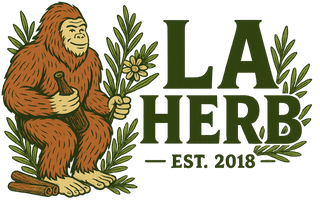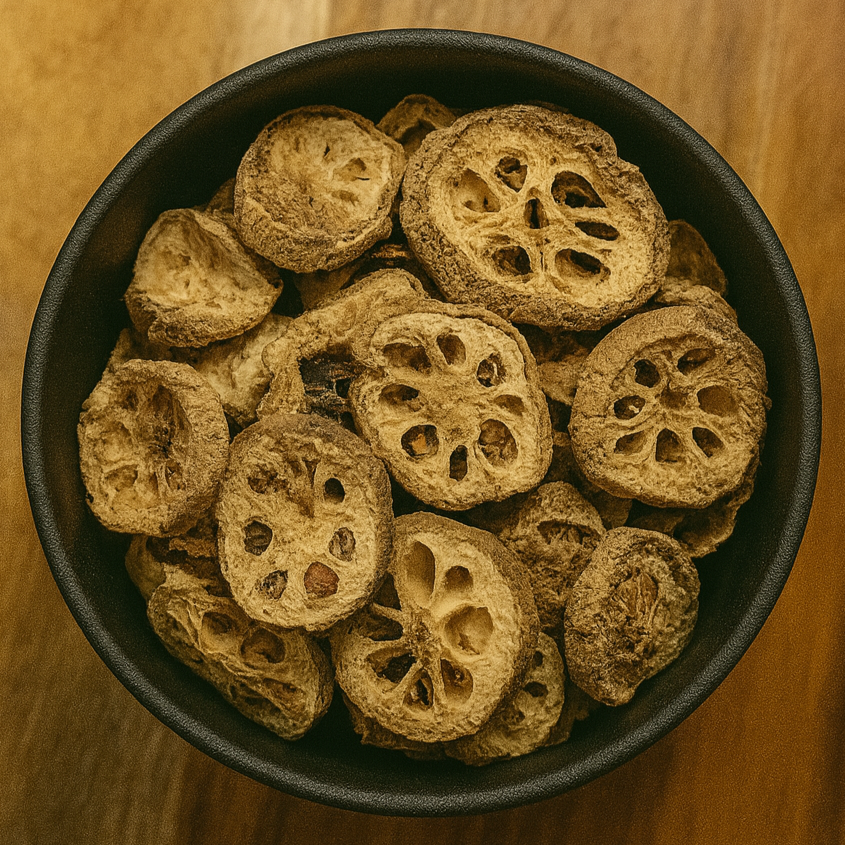Lotus Root Node Piece (Nelumbo Nucifera)
Lotus Root Node Piece (Nelumbo Nucifera) - 1 oz is backordered and will ship as soon as it is back in stock.
Couldn't load pickup availability
Lotus Root Node Piece (Nelumbo nucifera) is the dried section of the lotus root taken from the nodes, the joint-like parts where the rhizome segments connect. In traditional Chinese medicine (TCM), the lotus plant is considered sacred and medicinal from root to seed, with the nodes specifically prized for their hemostatic and cooling properties.
In TCM, Lotus Root Nodes—known as Ou Jie—are used to stop bleeding, cool the blood, and disperse blood stasis. They are traditionally prescribed for nosebleeds, vomiting of blood, and irregular uterine bleeding, often in combination with other herbs to harmonize their effects. Unlike the crisp lotus root used as a food, the nodes are primarily regarded as a medicinal part of the plant.
Modern research on Nelumbo nucifera identifies alkaloids, flavonoids, and tannins that contribute to antioxidant, circulatory, and astringent properties. These compounds support the herb’s traditional role in stabilizing blood flow, protecting vascular health, and aiding recovery from hemorrhagic conditions.
Each batch of Lotus Root Node Piece (Nelumbo nucifera) is carefully harvested and dried to preserve its structure, pale color, and therapeutic constituents. When decocted, the nodes release a mildly astringent infusion that reflects their role in blood-cooling and hemostatic formulas. Valued for its targeted medicinal function rather than culinary use, Lotus Root Node remains an important herb in classical apothecary traditions.
Also Known As: Ou Jie, Lotus Root Node, Rhizoma Nodus Nelumbinis
Nutrients: Tannins, flavonoids, alkaloids (nuciferine), polysaccharides, vitamin C, trace minerals (iron, calcium, potassium)
Notes: A classical TCM herb used primarily to stop bleeding (especially from the lungs and stomach) and resolve blood stasis. Considered cooling and astringent, often used in cases of vomiting blood, nosebleeds, or heavy menstrual bleeding.






